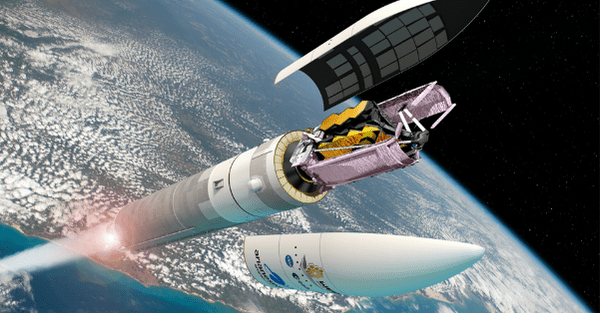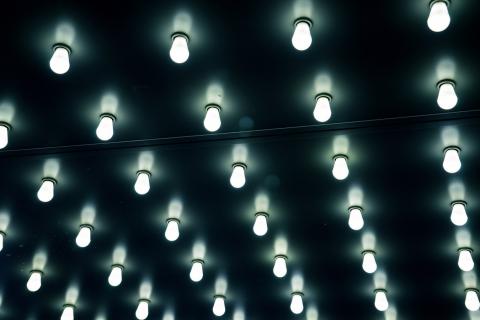RUAG Space Technology’s engineering and production capabilities have played a central role in the most powerful space telescope ever built and the Ariane 5 launch vehicle. The European rocket with the James Webb Space Telescope (JWST or Webb) on board will be launching from the Kourou Spaceport in French Guiana on 25 December. This was announced by the European Space Agency (ESA) on 21 December.

Webb is the successor of the Hubble space telescope and is one hundred times more powerful than its predecessor. It will “change the way we see our universe,” explained André Wall, CEO of RUAG International, in a press release. Webb will be able to peer into the oldest, most distant areas of the universe. The satellite has been developed under the leadership of U.S. space agency NASA in cooperation with the European and the Canadian Space agencies.
For a quarter of a century, thousands of engineers and hundreds of scientists worldwide worked to make Webb a reality, along with over 300 universities, organizations and companies from 29 U.S. states and 14 other countries. “We are proud to be part of this global collaborative effort that will help us understand ourselves, our solar system, and the history of our universe better than ever before,” added Wall.
The communication antenna system by RUAG Space will transmit collected data from the telescope to Earth. “Just imagine, for instance, if this turns out to be the missing puzzle piece to help us better understand dark matter,” said Anders Linder, head of RUAG Space’s global Satellites business unit.
Furthermore, RUAG Space’s sites in Zurich and Emmen in Switzerland, Linköping in Sweden and Vienna in Austria delivered the ground support equipment as well as three mechanisms for two of the telescope's four scientific instruments. The on-board computer made by RUAG ensures that the two halves of the payload fairing are separated and jettisoned from the launch vehicle once the payload reaches a certain height. At a later stage, this separation system allows the JWST to be separated from the launch vehicle.
The ESA shared that the launch of the Webb-Mission can be followed live via ESA Web TV in English, French and Spanish. mm
Related news
Contact us
Can we put you in touch with a peer company or research institute? Do you need any information regarding your strategic expansion to Switzerland's technology and business center?
info@greaterzuricharea.com

